Conservation and Museum Techniques
India is vast country with its cultural heritage spreading over several millennia beginning with the Stone Age through the proto-historic, historical and modern periods. The cultural vestiges, whether it be stone artifacts, prehistoric cave paintings, terracottas, coins or the monumental temples, stupas, etc. are important tools for reconstructing the history and culture of Indian people and hence have to be preserved. While small moveable objects can be exhibited in a museum, gigantic temples, tombs, rock-cut caves, etc. some of which have been damaged by nature or through wanton vandalism have to be conserved in situ for the posterity. This is what the present book aims at.
The Book is divided into two main parts: outdoor or in situ conservation of temples, etc. and indoor preservation. In the first part besides recounting the several legislative measures enacted both by the central and State Governments, deals with the various kinds of ancient monuments, the causes for the decay and their remedial measures, different kinds of masonry, restoration of superstructure, type of damages and civil engineering techniques of repairing the damages. Besides, an account of maintaining archaeological gardens in included. The conservation techniques adopted in some of the major monuments such as the Sun temples, Konark, Gol Gumbad at Bijapur, the Taj Mahal at Agra, the Shore Temple at Mahabalipuram, etc. are recounted. Besides, the ever increasing need for transplantation of monuments, due to developmental projects requires special techniques and knowledge. This has been lucidly explained.
The second part of the book is entirely devoted to indoor preservation, mainly in the laboratory. The methods for preserving stone, terracotta, pottery, glass, metal, etc. include vacuum flask impregnation, chemical treatment of metals both mechanical and electrical process. Preservation of organic materials like birch bark, palm leaf, paper, parchment, lather, bone, ivory, shell, etc. need special attention. Methods adopted for these have been explained.
Painting murals or miniatures need special attention. A separate chapter entirely dealing with these highlights the causes for their decay and the remedial measures are incorporated.
An entire chapter deals with museum display, techniques, lighting, mounting methods, pedestals for objects, etc.
Get it now and save 10%
BECOME A MEMBER

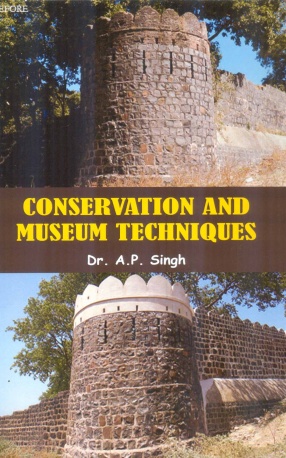
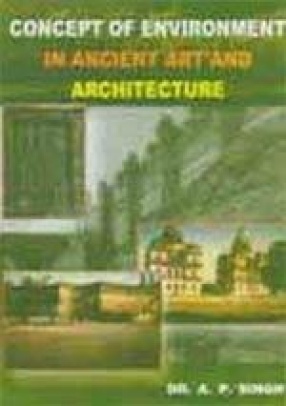
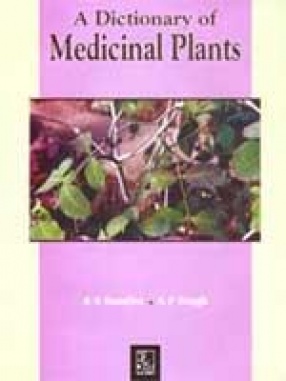
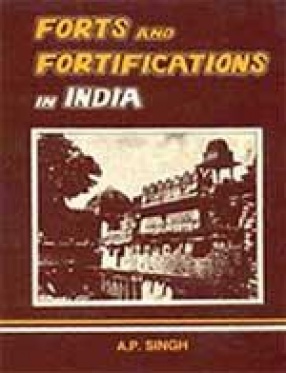

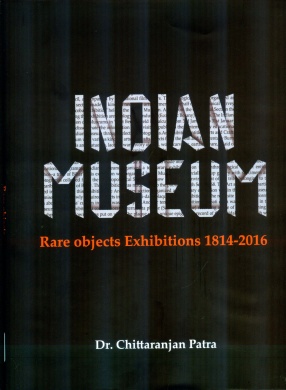
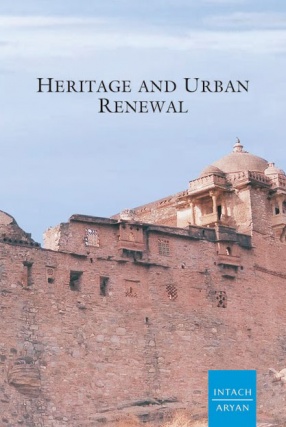

Bibliographic information